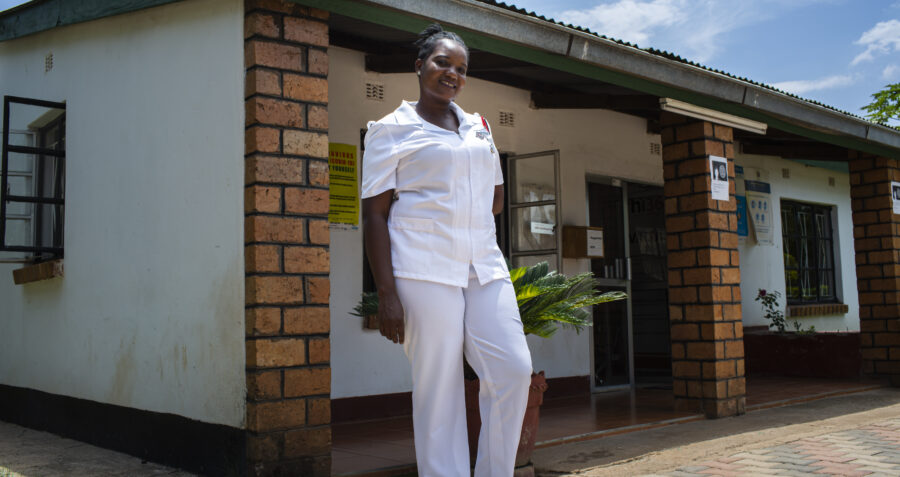Community-led Monitoring

Key information
- Organisation: National Aids Convention of South Africa (NACOSA) and the International Treatment Preparedness Coalition (ITPC)
- Country: South Africa
- Region: Eastern and Southern Africa
- Stage of innovation: Stage 3: Pilot
- Type of innovation: Service delivery innovation: new or different way of providing a service
- Budget: 275,000 USD
- Funder: International Treatment Preparedness Coalition (ITPC)
Summary of intervention
HIV responses are still hindered by gaps in data. Community data collected by people living with and affected by HIV can be used to improve services.
NACOSA partnered with ITPC to pilot a community-led monitoring (CLM) project to improve access to and quality of HIV services for people living with HIV, adolescent girls and young women and other key populations in the context of COVID-19. Working with Gauteng Department of Health (GDOH) facilitated data collection on agreed indicators from identified facilities; results were analysed and shared with civil society, municipalities and the Department of Health. The intervention provided evidence of the gaps: limited health care worker capacity to manage gender-based violence (GBV); inconsistent uptake of pre-exposure prophylaxis (PrEp) by key populations (young people, sex workers and lesbian, gay, bisexual, and transgender (LGBTI)); high numbers of condoms distributed not commensurate with high levels of unwanted pregnancies, and the need to monitor sexually transmitted infections.
Despite the short implementation period, CLM proved its value. Data collection and analysis by local community members has empowered key and vulnerable populations and provided safe spaces for advocacy, particularly for people living with HIV and LGBT communities. Findings were presented to the Department of Health, civil society sectors and other stakeholders and the innovation created cordial working relationships between NACOSA and GDOH. Data quality is improving through continuous training and capacity building of data collectors and strong collaborative mechanisms with the Department of Health, local municipalities and other stakeholders.
learnings
Electricity load shedding made data collection and uploading difficult at times. In some cases, service-related protests made some of the facilities inaccessible and delayed data collection. COVID-19 generally compromised availability of spaces for data collectors to work in the facilities, especially as some facilities were closed.
Learning included the need to support operational research from the start of the project to promote active and continuous documentation of the issues and successes of implementing partners. This would also allow the project to develop a unique database of Life Maps and strengthen citizen science mechanisms.
next steps
The project is being scaled up through a new 3-year grant, which started in January 2022, and is enabling expansion and more innovation at local, district and national levels. The pilot generated valuable lessons and experiences that are informing these ongoing CLM interventions.
sustainability
NACOSA will form a working committee with GDOH to examine collection of GBV service data and how this can be improved and compared with data from the Department of Social Development.
For more information, visit the NACOSA website.

